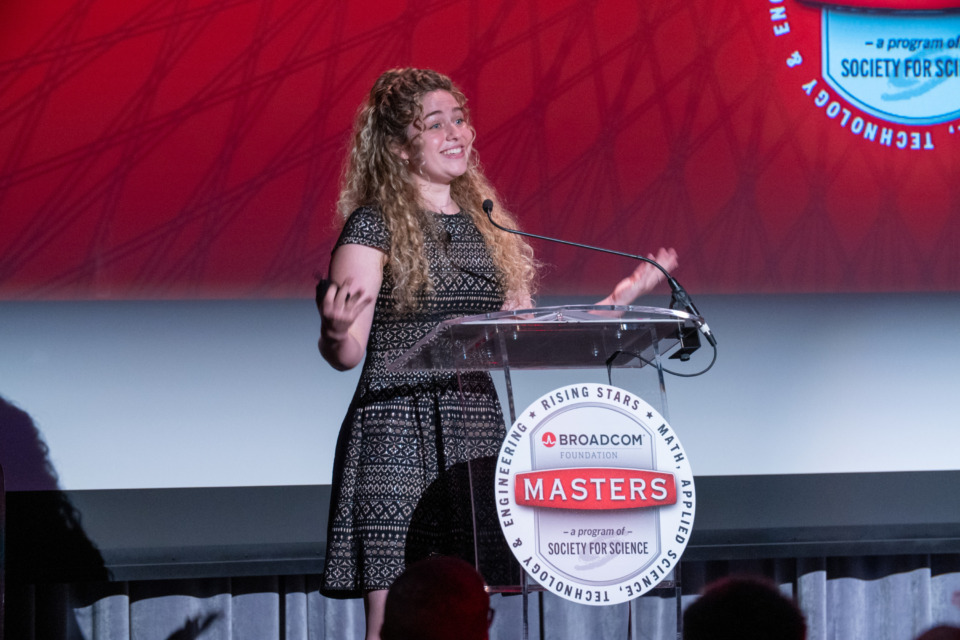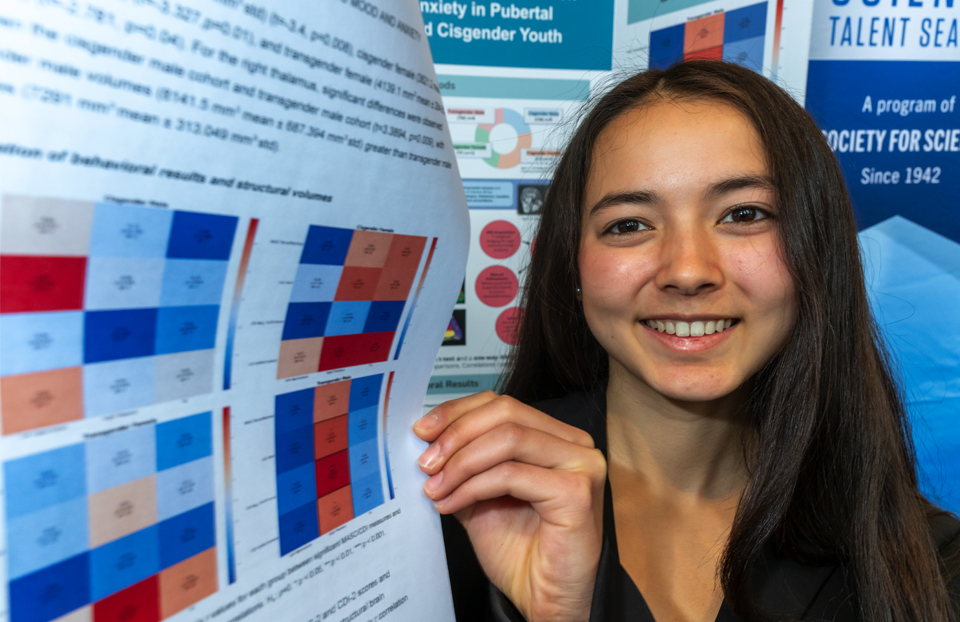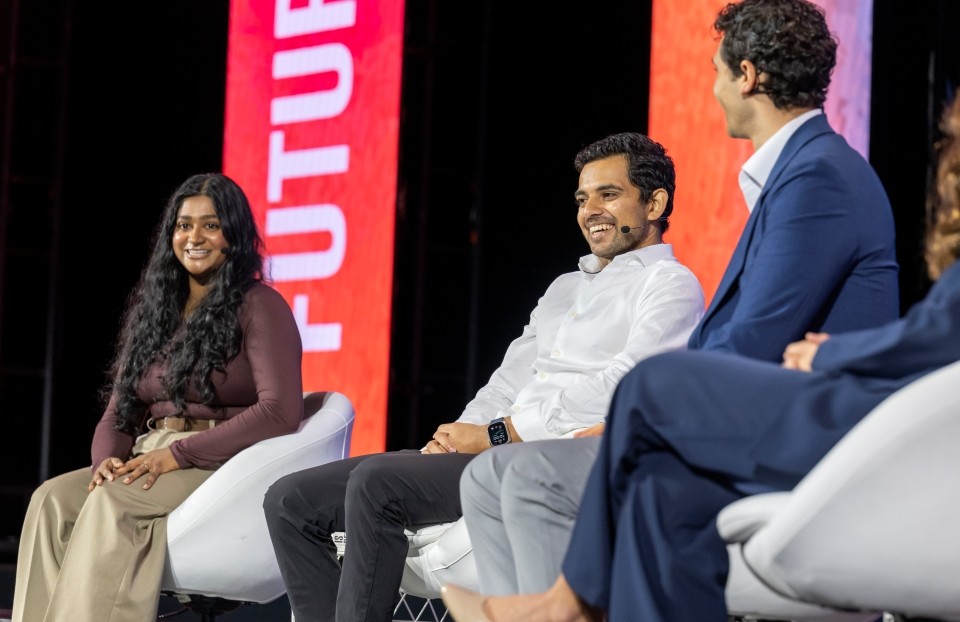Young scientists are contributing to the field of medicine too

As modern medicine continues to evolve, there are still many unanswered questions. Causes for certain diseases remain unknown and treatments are constantly being made better. Despite their youth, many participants in the Society’s competitions have looked at ways to make a dent in the field as middle and high school students. Their ambitious desires to come up with practical solutions to global health issues have resulted in impressive endeavors. Projects range from researching drug properties to developing alternative tests and devices. Collectively, they highlight an often overlooked age group seeking to improve the quality of medicine and the quality of human lives with their scientific acumen. Here are some examples.
Hari Bhimaraju, a 2015 Broadcom MASTERS finalist, invented a medicine management system for the elderly and visually-impaired. She designed an app for iPhones that allows for automatic refills, keeps medicine logs and sends medicine reminders. The system is also capable of reading out loud all the medicine details to users, from expiration and dosage information to whether a refill is on the way.
Hannah Cevasco, a 2015 Broadcom MASTERS second place science winner, researched properties of Manuka honey, produced in Australia and New Zealand. Working with cervical cancer cells at Stanford University, she studied honey’s anti-inflammatory and anti-bacterial effects on the metabolic activity of cancer cells.
Kevin Cyr, an Intel ISEF 2013 alumnus, developed a device that makes testing for sickle cell disease affordable and easy. Because of the unique physical difference between sickle cell blood and normal blood, healthcare workers can differentiate them using specialized paper membranes. Upon contact, the membranes used in Kevin’s device act as filters that enable normal blood to flow through.
Chidera Obiwuma was curious about how strong widely used antibiotics were against E. coli. According to the World Health Organization, certain infections are becoming more difficult to treat as the efficacy of antibiotics decrease. This has translated into prolonged hospital stays, increased medical costs and worst of all, higher mortality. Chidera tested if E. coli developed resistance against common antibiotics, such as Tetracycline, Erythromycin, Neomycin, and Streptomycin. Her research was nominated by her local science fair and won recognition from the Society as a Community Innovation Award winner.
Peeyush Shrivastava is the CEO of Genetesis, a cardiac imaging company that won seed funding from investors on the popular television series Shark Tank. Peeyush and his team are working on the future of medical imaging by building ways to detect sources of abnormality in the heart with quicker and noninvasive methods. Besides being an Intel Science Talent Search 2013 semifinalist, Peeyush’s organization has been nominated as one of the top AI startups for social impact.
Madeleine Yang, another Community Innovation Award winner, worked on incorporating the influenza matrix protein, M2, into virus-like particles, in hopes of developing a universal vaccine. Flu vaccines tend to have low efficacy rates, in part due to their six to nine-month production time. In that period, virus mutations can take place, making the vaccines less effective. Madeleine’s alternative can be produced in a shorter timeframe (about three months), and on a larger scale.


